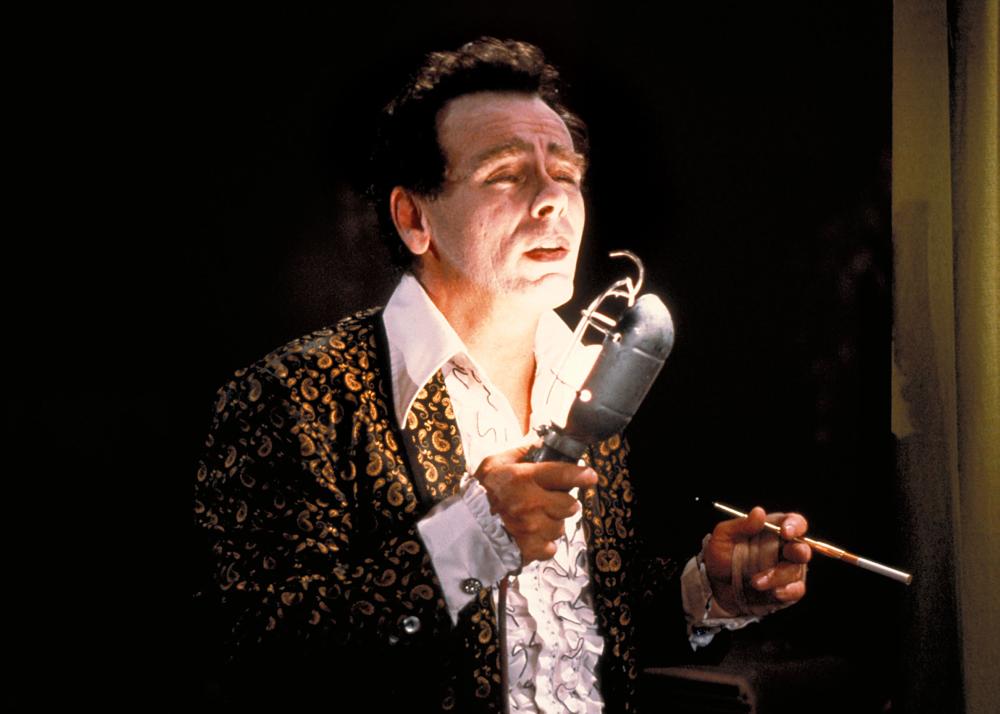
As a sort of sister list to the earlier published “10 Great Horror Movies that Were Booed or Walked Out On”, the following non-horror movies also received an intense negative response from audiences. Ranging from graphic content to just finding the movie boring, there are many reasons why people choose to boo or walk out and this list will show you 10 movies that caused audiences to do so.
10. Nymphomaniac
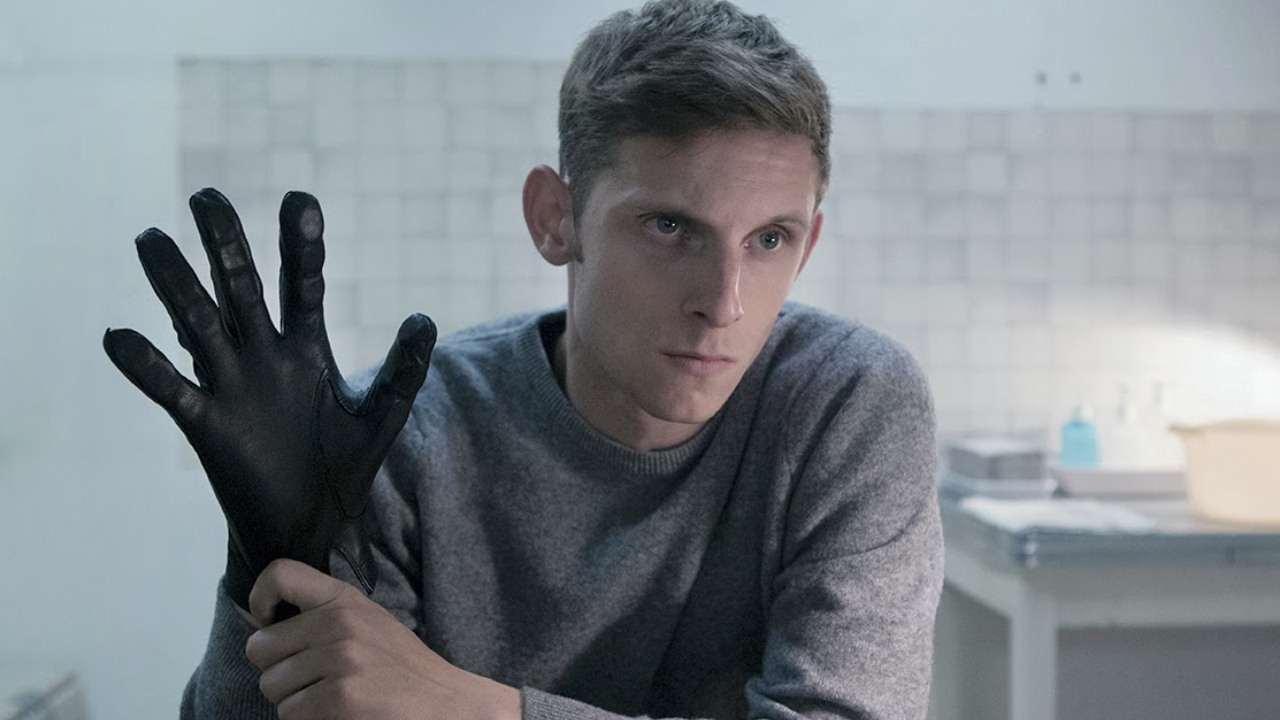
Late form Lars von Trier hasn’t failed to generate controversy and Nymphomaniac may be his most triggering to date. A 5-and-a-half-hour sex odyssey that many people deemed porn at its festival premiere, Nymphomaniac provides audiences with an endurance test like no other. Graphic close-ups of actions too vulgar to write here had audiences leaving well before the run time was finished. Had those people stayed, they may have been around for when audience members fainted at a scene of self-administered abortion.
With that said, viewing Nymphomaniac as a movie beyond a “trolling” exercise turns out to be very rewarding. For all the graphic imagery and taboo subject matter, there’s greater points being made throughout. In fact, it becomes a Foucault-esque examination of sexuality with just enough self-awareness to be accessible. Though many people will struggle to set aside the fact that they may very well be watching pornographic imagery, it makes for a far greater movie-going experience to do so.
9. Hard to Be a God
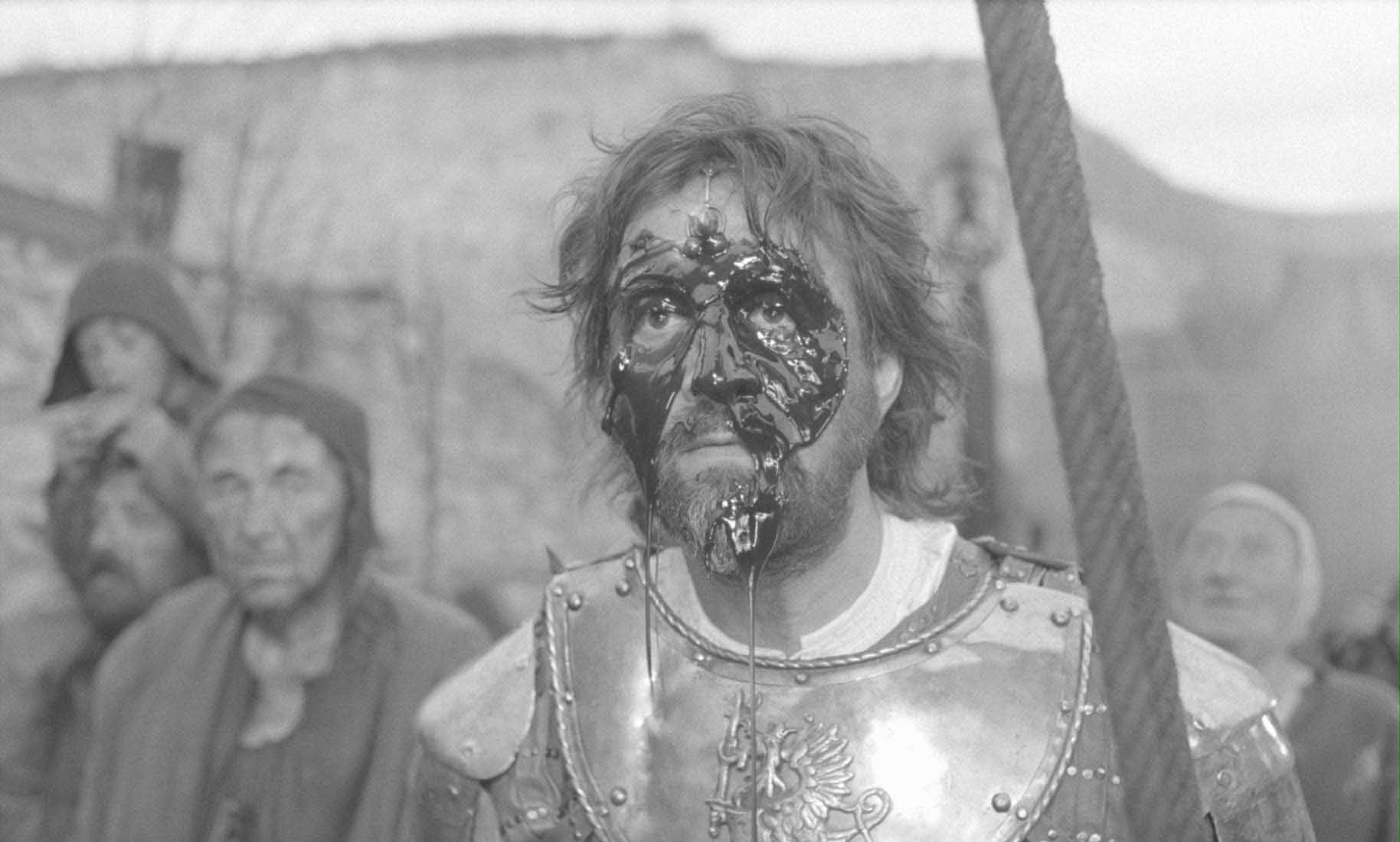
Clocking in at just under 3 hours, audiences found their senses put to the test by this black and white religious allegory. Viewers’ disgust rose to peak levels upon seeing the movie’s willingness to show graphic nudity (not just of humans) as well as the handling of various bodily excretions. The religious themes juxtaposed with such imagery did not go over well with certain groups either. Unsurprisingly then, they made their way to the exits early.
While some of the imagery is undeniably revolting, it’s in the name of making a greater point. It’s a bleak vision of humanity at its most depraved. It conjures up important philosophical questions though like, we know humans are capable of such depravity but what does it say about God then that they were created in his image? Is God nothing more than ideological stability that when challenged offers futile push back? If so, then perhaps the argument over God’s existence is a dangerous one because it alters a unified belief in something which then descends to the chaos, displayed uncompromisingly in this movie.
8. The Last Temptation of Christ
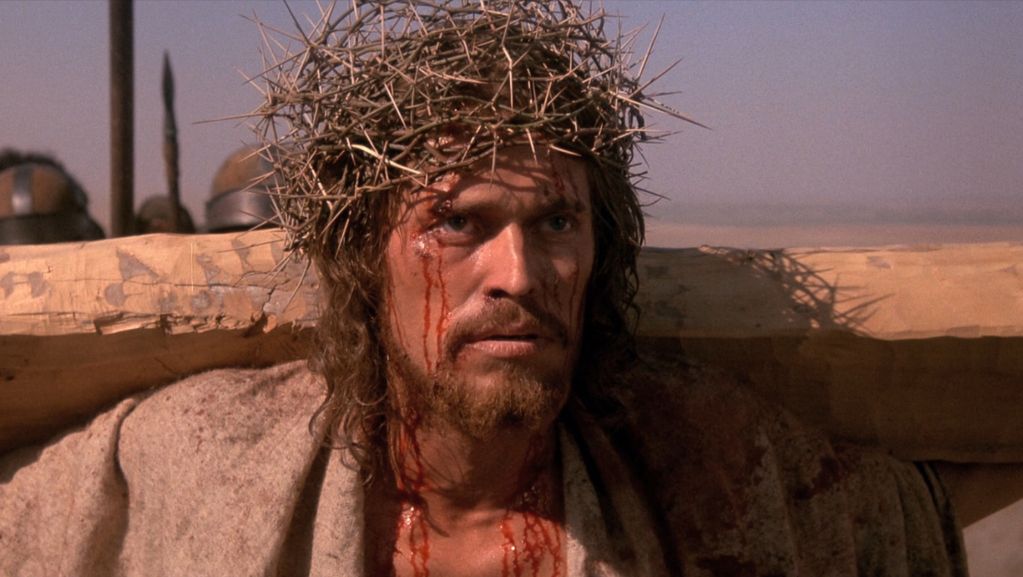
Based off the controversial book and sparking, not just walk outs but, boycotts from prominent religious organizations and riots outside theaters, The Last Temptation of Christ unsurprisingly garnered divisive attention.
The Last Temptation of Christ portrays Jesus as a severely troubled man, struggling with the idea that his purpose ultimately is to die for a creation he isn’t convinced is worth it. The premise goes further as to probe the idea that Jesus saved himself from the cross, marrying Mary Magdalene and living the rest of his life as a normal man. Conceptually, it’s not hard to see why religious advocates condemned the film on its release.
The reaction did a grave disservice to the film as it is now an overlooked gem by Martin Scorsese. Audiences didn’t give the movie a chance evidenced by the fact that in the movie Jesus ultimately does make the decision to die for the people’s sins. Such attention took away from the fact that the movie is a beautifully directed, brilliantly acted think-piece that, naturally, provokes conversation and debate but not with any malicious intent towards one belief system or another.
7. L’Avventura
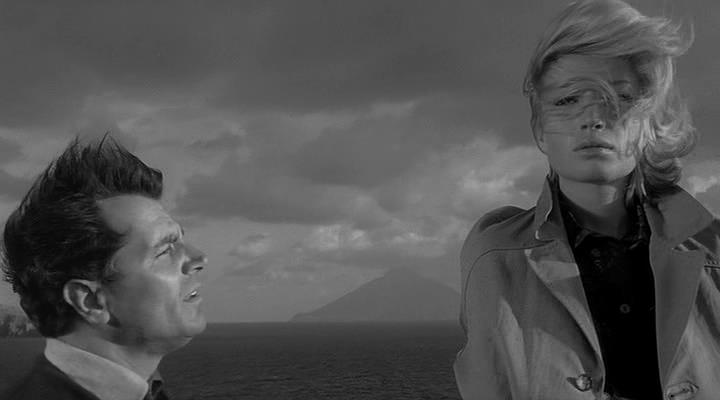
One of the more infamous Cannes screenings ever, L’Avventura was so vigorously booed and reviled that director Michelangelo Antonioni and lead actress Monica Vitti left while the lights were still down, ironically, walking out on their own movie. Their decision to do so was probably a wise one as audience members furiously demanded their money back. It’s hard to say exactly why the response was so negative, but many attribute it to Antonioni’s observational style not clicking with the audience’s expectations for entertainment value. Perhaps the content of the story promised something more thrilling than what the end result was.
Antonioni’s style is not an easily classifiable one. He takes plots that in the hands of other directors would be high-paced, thrilling, and dramatic and grounds them in introspective reality. Antonioni’s movies aren’t about stories but rather the people in them. The emotions, thought-processes, and conflicts of the characters are the true propelling factors in Antonioni’s movies and that’s how they should be perceived.
Antonioni is very much a director that audiences should be aware of before blindly walking in to one of his movies and the initial audiences of L’Avventura were not. It is now recognized as one of the most renowned movies of its time period with many contemporary directors citing it as an influence.
6. A Clockwork Orange
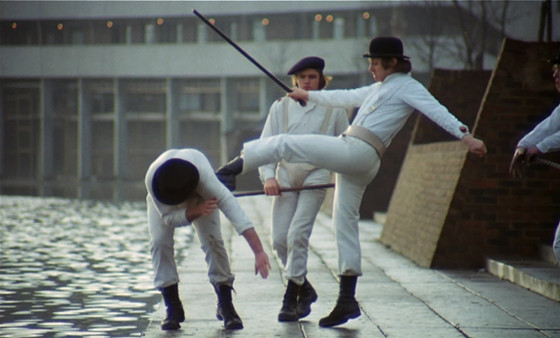
Anthony Burgess’ novel was already controversial as it dealt with themes of rape and ultra-violence so audiences were on edge to see just how it would be translated to the screen. Viewers flocked to the theaters with many people walking out in disgust at the level of violence and sexual imagery in the movie.
The reception of an X rating as well as bans in numerous countries quickly established A Clockwork Orange as one of the most divisive and controversial movies ever. Like other movies on this list, audiences acted on their visceral response to the surface-level content without entertaining the idea that there may be something deeper.
A Clockwork Orange is an interesting morality tale that begs the questions of “can we ever change human nature?” and “if so, do we have the right?”. Its graphic content is present in the name of a greater societal point being made and, as time has shown, the movie’s depth has come to be more respected and appreciated and the film is now considered an American classic.